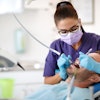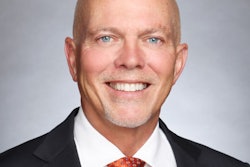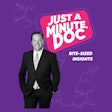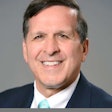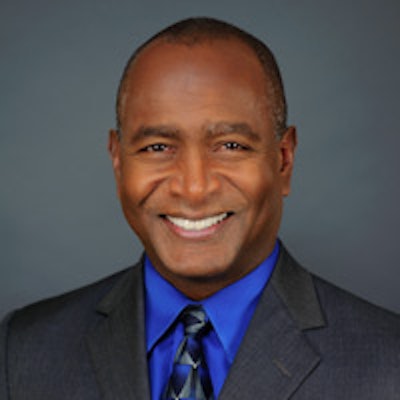
During a one-month period of 2015, California's largest provider of dental services for the Denti-Cal dental Medicaid program discontinued accepting new adult Denti-Cal patients in some of its offices.
The state's dental Medicaid program provides services for low-income individuals and families who meet eligibility requirements.
 Ronald Inge, DDS, is the chief dental officer of Western Dental.
Ronald Inge, DDS, is the chief dental officer of Western Dental.Western Dental, the provider, employs about a third of California dentists, who each see more than 100 of these patients per year, according to company-provided statistics. About a month after Western's decision, the organization reversed course, according to Chief Dental Officer Ronald Inge, DDS, because the California Department of Health Care Services reinstated a previously announced 10% cut in reimbursement rates for dentists seeing these patients.
In response to the state's initial steps to address the problems facing the Denti-Cal program, Western reversed its previous decision. "In a show of good faith, we began accepting new adult Denti-Cal patients again in those offices where we had temporarily stopped doing so," Dr. Inge told DrBicuspid.com.
California challenges
However, the concern caused by Western's short-lived decision further brought attention to issues surrounding Denti-Cal in California.
Three stories during the month of January illustrated the challenges California, and dentists who practice in the state, face when it comes to treating children and adults enrolled in Denti-Cal.
First, in early January, the advocacy group Children Now released a report giving the state a D+ grade in the group's "2016 California Children's Report Card." That grade was backed up later in the month when a report was released by the U.S. Department of Health and Human Services Office of Inspector General that found that millions of children enrolled in Medicaid in California, Indiana, Louisiana, and Maryland are not getting required dental care.
However, in a positive sign, the Centers for Medicare and Medicaid Services (CMS) approved in January a $6.2 billion waiver for California's Medi-Cal Medicaid program, including an additional $740 million investment in Denti-Cal.
Possible solutions
Dr. Inge said the rationale behind the previous decision to stop accepting new patients at certain Western Dental offices was to ensure a sufficient level of care given the significant volume of new adult Denti-Cal patients who were coming to the offices after the expansion of Medi-Cal eligibility and the partial restoration of adult Denti-Cal benefits in May 2014.
"We did not have the capacity at that time," Dr. Inge told DrBicuspid.com, to keep accepting new patients in those offices. "To do our best to improve the experience of the patients we were seeing ... we needed the chance to reorganize ourselves in those offices."
“It is incumbent on providers and other stakeholders to propose solutions so that they can continue to deliver care to Denti-Cal patients.”
Western was able to work with those offices to allow them to better serve these patients, according to Dr. Inge.
While Western saw the reinstatement of the reimbursement cut as a positive step, there is significant work to be done to do a better job of caring for California adults and children, he noted.
The appointment in August 2015 of Jayanth Kumar, DDS, MPH, as the state's dental director has led to conversations about reimbursement and innovations in care. Dr. Kumar is working on developing a plan that addresses oral health disparities in the state.
"We've had conversations and continue to have conversations," Dr. Inge said, with the administration including the Department of Health Care Services, Dr. Kumar, and others in state leadership about how to improve access to care and increase reimbursement rates.
Dr. Inge cited teledentistry and mobile dentistry as possible routes to provide dental care on a more consistent basis in rural communities.
"We're starting to see coalitions being built between rural counties and organizations that can provide mobile or teledentistry," he said.
His organization's goals are to become more efficient at delivering care to its population, he noted.
"There is a great unserved need," Dr. Inge said. "It is incumbent on providers and other stakeholders to propose solutions so that they can continue to deliver care to Denti-Cal patients."



